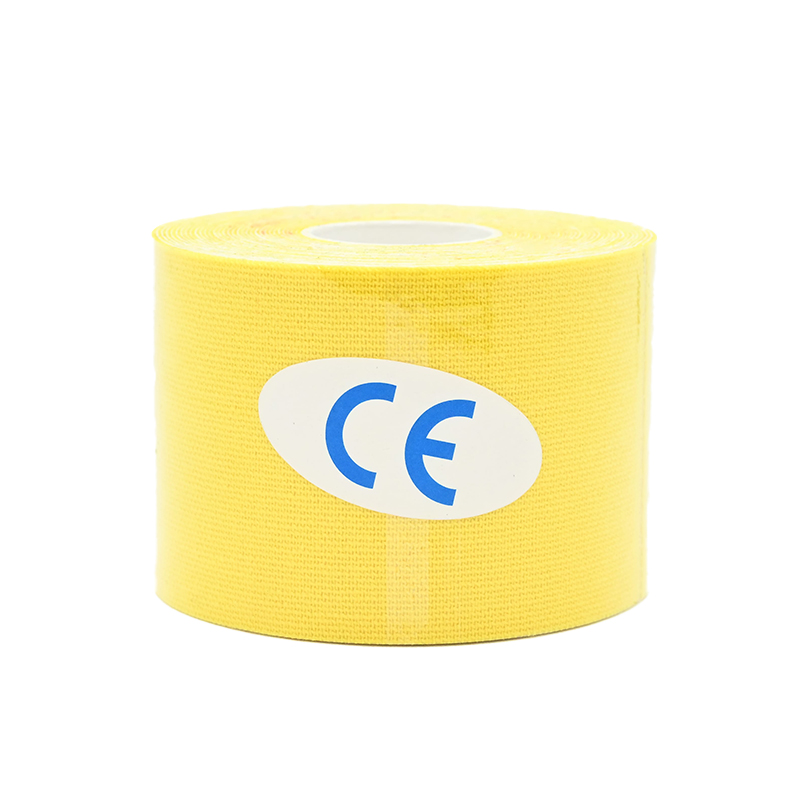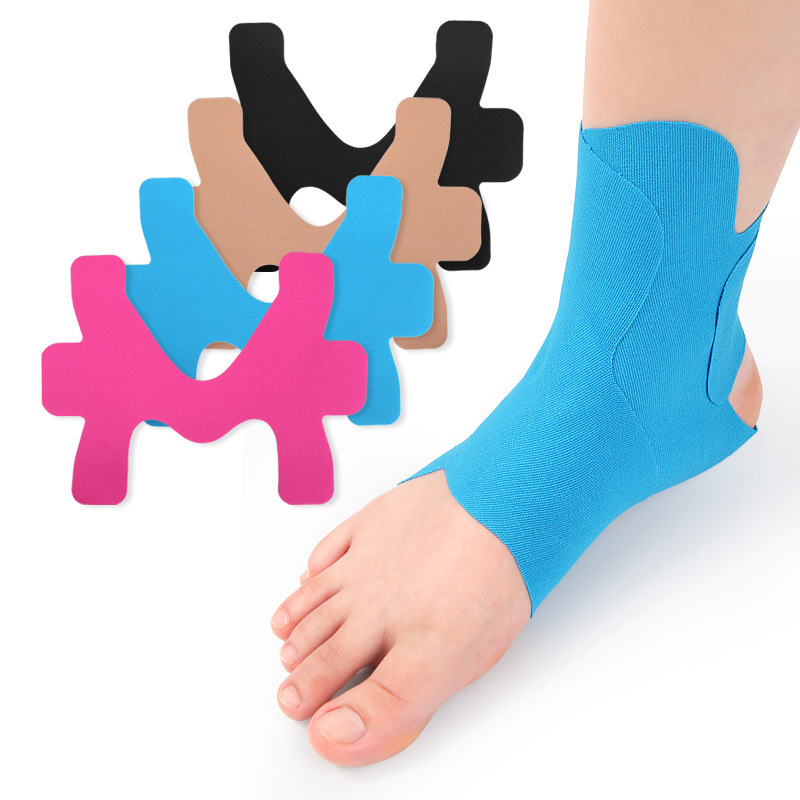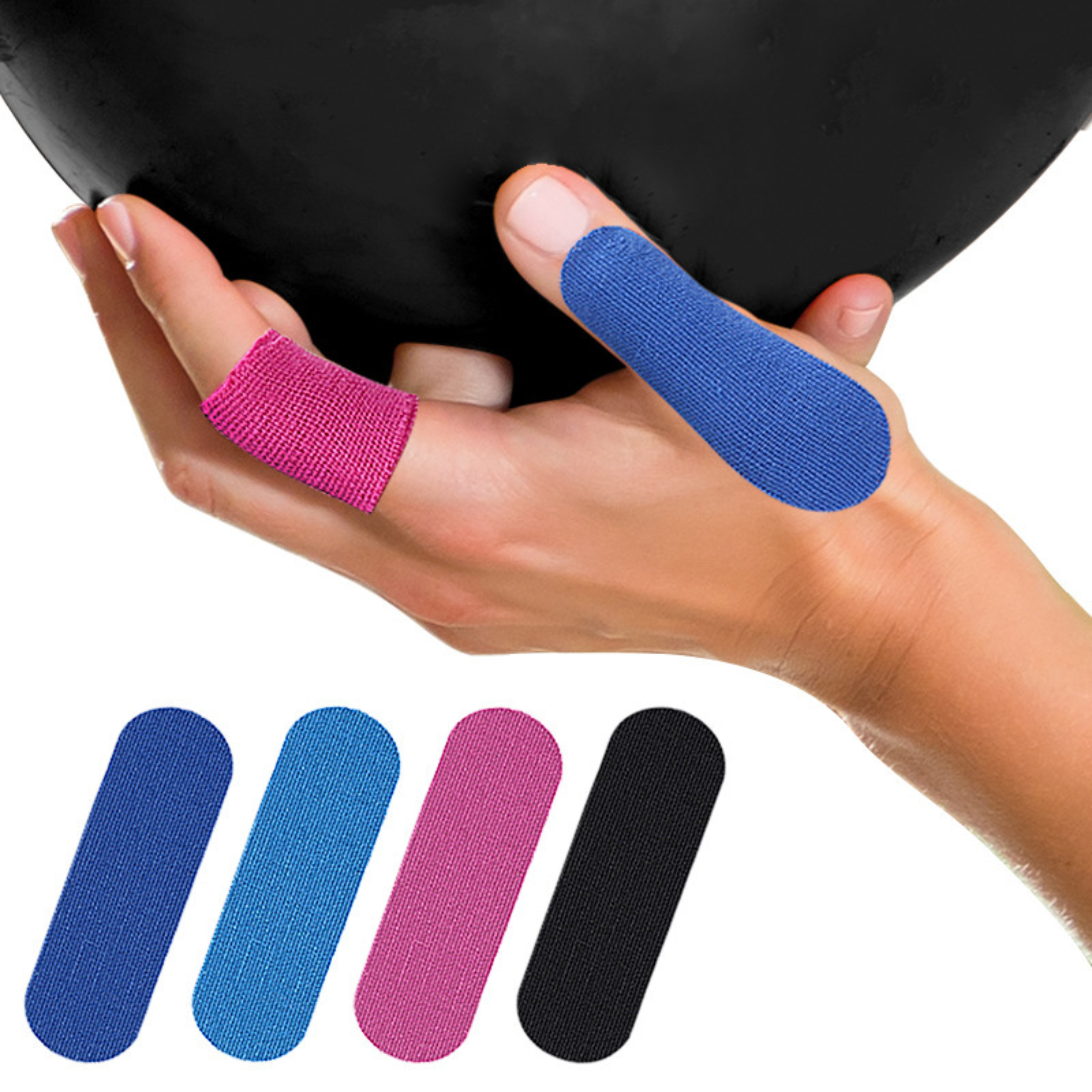News

Is Kinesiology Tape Effective for Arthritis Pain?
Arthritis pain is a relentless and complex challenge for millions of people worldwide. It is not a single disease but an umbrella term for over a hundred conditions that cause pain, stiffness, and swelling in the joints. The most common forms, osteoarthritis and rheumatoid arthritis, can significantly diminish quality of life, limiting mobility and independence. In the constant search for relief, many turn to both traditional and alternative therapies. One such option that has gained considerable visibility, often spotted on athletes and weekend warriors alike, is kinesiology tape. But does this colorful, elastic tape hold any real promise for those managing the daily grind of arthritis pain?
Understanding Arthritis Pain: More Than Just Wear and Tear
To evaluate any treatment, we must first understand the problem it aims to solve. Arthritis pain is multifaceted.
Osteoarthritis, the wear-and-tear form, involves the breakdown of the protective cartilage that cushions the ends of your bones. This leads to bone-on-bone contact, inflammation, pain, stiffness, and the development of bone spurs. The pain is often mechanical, meaning it is worsened by activity and weight-bearing and relieved by rest, though advanced stages can cause constant ache.
Rheumatoid arthritis, an autoimmune disorder, is different. The body’s immune system mistakenly attacks the lining of the joints (the synovium), causing painful swelling that can eventually lead to bone erosion and joint deformity. The pain and stiffness are often worst in the morning or after periods of inactivity.
Both types of arthritis can lead to a cycle of pain and immobility. Pain causes a person to move less, which leads to weaker muscles, reduced stability, and even more stress on the joint, perpetuating the pain cycle. It is within this cycle that kinesiology tape is proposed to intervene.
What Exactly is Kinesiology Tape?
Kinesiology tape, often shortened to k-tape, is a thin, stretchy, cotton-based adhesive tape. It is designed to be elastic, able to stretch up to 120-140% of its original length, and then recoil, much like human skin. This is a key differentiator from traditional athletic tape, which is rigid and used primarily to immobilize and support a joint strictly to prevent injury.
Kinesiology tape is also waterproof and designed to be worn for several days at a time, even during showering or light exercise. It is applied in specific patterns and with varying degrees of stretch, depending on the desired therapeutic effect.
The Proposed Mechanisms: How is K-Tape Supposed to Work for Arthritis?
The theories behind how kinesiology tape might alleviate arthritis pain are based on physiological and neurological principles. It is important to note that these are theories, and the evidence supporting each varies in strength. The proposed benefits include:
Pain Reduction through Neurological Mechanisms: This is one of the most cited theories. The tape’s gentle, constant lift on the skin is thought to create space between the skin and the underlying tissues, potentially reducing pressure on pain receptors and improving lymphatic drainage. This input is believed to interfere with pain signals traveling to the brain, a concept known as the Gate Control Theory of pain. Essentially, the novel sensory input from the tape “closes the gate” to the pain signals, reducing the perception of pain.
Improved Proprioception and Joint Support: Proprioception is your body’s ability to sense its position, movement, and action in space. Arthritis can impair this sense, leading to instability and a higher risk of movements that cause pain. The tape’s adhesive and elastic properties provide a constant tactile cue on the skin, theoretically enhancing feedback to the brain about the joint’s position. This can lead to improved movement patterns, increased confidence in movement, and a subjective feeling of support without the rigid restriction of traditional braces.
Enhancing Circulation and Reducing Swelling: The lifting action of the tape is also proposed to create microscopic spaces under the skin, improving the flow of blood and lymphatic fluid. For inflammatory types of arthritis like rheumatoid arthritis, or for osteoarthritic joints that become swollen, this improved circulation could theoretically help reduce edema and remove inflammatory chemicals, thereby reducing swelling and pain.
Facilitating Muscle Function: By providing support and sensory feedback, the tape may help offload fatigued or weakened muscles around an arthritic joint. It will not provide a mechanical boost like a brace, but it may help the muscle contract more efficiently or reduce inhibitory signals caused by pain, allowing for more normalized movement.
Examining the Evidence: What Does the Research Say?
This is the critical section. While anecdotal reports and testimonials are plentiful, we must look to clinical studies for a more objective answer. The overall body of research on kinesiology tape for arthritis, particularly osteoarthritis of the knee, is growing but remains mixed and often of variable quality.
Several systematic reviews and meta-analyses, which pool data from multiple studies, have been conducted. Their conclusions generally point in a cautiously optimistic but nuanced direction.
For knee osteoarthritis, numerous studies have shown that kinesiology tape application can lead to statistically significant short-term reductions in pain and improvements in functional range of motion compared to no intervention or placebo taping. Some studies compare it to other modalities like physical therapy or non-steroidal anti-inflammatory drugs (NSAIDs), often finding it to be a comparable or useful adjunct therapy.
For instance, a common finding is that patients report less pain during activities like walking or going up and down stairs immediately after tape application and for up to a week afterwards. However, the magnitude of the effect is often modest.
The evidence for other joints, like the shoulder, hand, or spine, is less robust but follows a similar pattern, showing potential for short-term symptomatic relief.
It is crucial to highlight the placebo effect. The power of belief in a treatment is well-documented, especially for pain. The bright, noticeable tape serves as a constant visual and sensory reminder that something is being done to help the joint. This psychological effect can be powerful and is not something to be dismissed; however, it means that some of the benefit may not be purely physiological.
The consensus among researchers and clinicians is that kinesiology tape is not a cure for arthritis. It does not halt disease progression or repair damaged cartilage. Rather, it may be a valuable tool for managing symptoms, breaking the pain-immobility cycle, and facilitating participation in crucial activities like physical therapy and exercise.

Practical Application: How is it Used for Arthritis?
Applying kinesiology tape is a skill. While pre-cut strips and online tutorials are available, the most effective application is typically done by a physical therapist, occupational therapist, or another trained professional. They can assess your specific joint, the source of your pain, and the movement dysfunction, and then apply the tape with the correct tension and pattern to address your needs.
Common application patterns for an arthritic knee, for example, might include:
A strip taping from the outside of the thigh, across the knee, to the inside of the calf to support the joint.
A strip along the inner thigh (vastus medialis muscle) to improve kneecap tracking.
A lymphatic correction strip around the knee if significant swelling is present.
The skin should be clean, dry, and free of lotions. Body hair may need to be removed for better adhesion. After application, the tape is rubbed vigorously to activate the heat-sensitive adhesive.
Important Considerations and Potential Risks
Kinesiology tape is generally considered safe for most people when applied correctly. However, there are important precautions:
Skin Irritation: Some individuals may have an allergic reaction to the adhesive. It is always wise to test a small strip of tape on your skin for 20-30 minutes before a full application.
Contraindications: Tape should not be applied over wounds, infections, rashes, deep vein thrombosis (DVT), or areas of fragile skin, which can be a concern for some individuals, particularly the elderly or those on long-term steroid treatment.
Improper Application: Tape applied with too much tension can restrict circulation or cause blistering. Incorrect patterns may not help and could potentially hinder movement.
Not a Standalone Treatment: Relying solely on tape and neglecting prescribed exercises, weight management, and other core aspects of arthritis management would be a mistake. It is best viewed as an adjunct, not a primary therapy.
The Verdict: A Tool, Not a Miracle
So, is kinesiology tape effective for arthritis pain? The answer is not a simple yes or no.
Based on the current evidence, kinesiology tape can be an effective, non-invasive, and drug-free option for providing short-term relief from arthritis pain and improving perceived joint stability and function. Its benefits likely stem from a combination of subtle physiological effects and a significant neurological and psychological impact.
It is most effective when used as part of a comprehensive management plan developed with your doctor and physical therapist. This plan should include:
Exercise: Strengthening the muscles around the joint is paramount for long-term stability and pain reduction.
Weight Management: Reducing stress on weight-bearing joints is one of the most effective interventions for osteoarthritis.
Pain Medication: When necessary, as advised by a physician.
Education: Understanding your condition and how to manage flare-ups.
Other Therapies: Such as heat/ice, assistive devices (like a cane), and joint protection strategies.
Kinesiology tape can be a helpful component within this plan. It might help you walk with less pain, engage in your physical therapy exercises more comfortably, or get through a day of gardening with less of a penalty afterwards. For many, that modest improvement is incredibly valuable.
If you are curious about kinesiology tape, discuss it with your healthcare provider or a physical therapist. They can help you determine if it is an appropriate option for your specific type and location of arthritis, guide you on proper application, and set realistic expectations. It may not work for everyone, but for those who find relief, it offers a simple and empowering way to take a small measure of control over their arthritis pain.

- ASHER.CAO:+86-176 2548 7782 Asher.cao@healthline-medical.com
- HARONJU:+86-198 5296 4937 haronju@healthline-medical.com
- DI.TIAN:+86-183 0527 6521 Di.tian@healthline-medical.com
- Tel:+86-512-6289 3223
- Mob:+86-176 2548 7782 / +86-198 5296 4937 / +86-183 0527 6521
-
Email:zhujun@healthline-medical.com
sales@healthline-medical.com
- Whatsapp / Wechat:+86-176 2548 7782 ; +86-198 5296 4937; +86-183 0527 6521
- Skype:+86-176 2548 7782 / +86-183 0527 6521
Copyright © 2025 SUZHOU HEALTHLINE MEDICAL PRODUCTS CO., LTD
All Rights Reserved.

The information provided on this website is intended for use only in countries and jurisdictions outside of the People's Republic of China.


 English
English Español
Español русский
русский عربى
عربى











